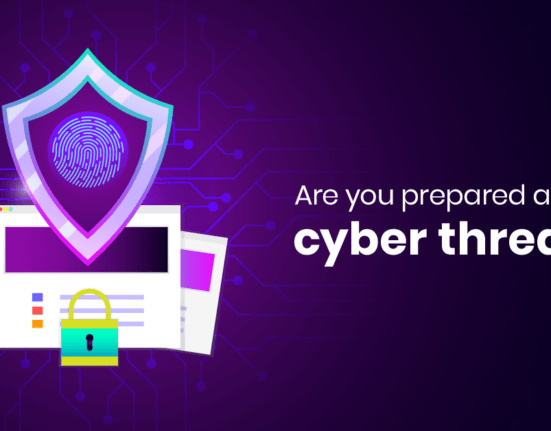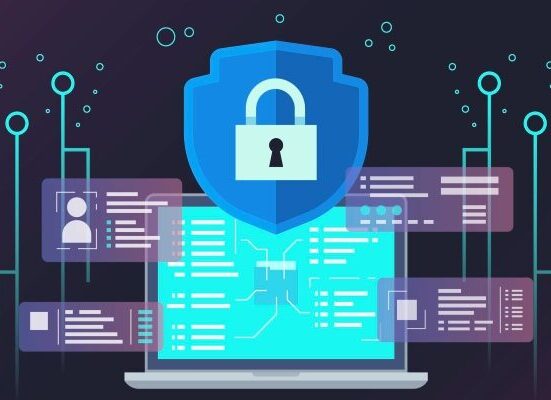Discover the top cybersecurity threats that businesses will face in 2023, including ransomware, cloud vulnerabilities, and AI-powered attacks.
As technology continues to evolve, so do the cybersecurity threats that businesses face. With each passing year, new threats emerge, and businesses must remain vigilant to protect themselves from cyberattacks. In 2023, businesses will face a range of cybersecurity threats that will require a proactive approach to mitigate the risks.

Ransomware Attacks
Ransomware is a malicious form of software that encrypts a computer’s data and demands a ransom in exchange for its release. In 2023, ransomware attacks are expected to increase in sophistication and frequency, making them one of the top cybersecurity threats for businesses.
Organizations must be prepared to mitigate the risk of ransomware by regularly backing up important data, educating employees on safe online practices, and investing in comprehensive security solutions.
Phishing Attacks
Phishing attacks are another major cybersecurity threat facing businesses in 2023. In a phishing attack, hackers send emails that appear to be from a reputable source, such as a bank or government agency. The email may contain a link to a fake website that looks like the real thing, but is designed to steal sensitive information, such as login credentials or credit card numbers. Phishing attacks can be difficult to detect and can lead to data breaches and financial losses.
To protect themselves from phishing attacks, businesses should implement email filters that can identify and block suspicious emails. Employees should also be trained on how to recognize and avoid phishing emails, and should never click on links or download attachments from unknown sources.
Insider Threats
Insider threats occur when an employee or contractor with access to sensitive information intentionally or unintentionally causes a data breach. These threats can come from current or former employees and can be caused by negligence, malice, or simply a lack of awareness of cybersecurity best practices. Insider threats can be difficult to detect and can cause significant damage to a business’s reputation and bottom line.
To protect themselves from insider threats, businesses should implement strong access controls and monitoring systems to detect and prevent unauthorized access to sensitive information. Employees should also be trained on the importance of cybersecurity and how to handle sensitive information appropriately.
Supply Chain Attacks
Supply chain attacks occur when hackers gain access to a business’s computer systems through a third-party vendor or supplier. These attacks can be difficult to detect, as the hackers may be able to access the system without being noticed. Supply chain attacks can result in data breaches, financial losses, and reputational damage.
To protect themselves from supply chain attacks, businesses should implement strong vendor management policies and conduct regular security assessments of their vendors and suppliers. They should also implement security controls to monitor and detect any unauthorized access to their computer systems.
Internet of Things (IoT) Vulnerabilities
These devices offer convenience and efficiency and also present cybersecurity risks. Many IoT devices have weak security protocols, making them vulnerable to hacking. Once a hacker gains access to an IoT device, they may be able to gain access to the entire network, leading to data breaches and other cybersecurity threats.
To protect themselves from IoT vulnerabilities, businesses should implement strong security protocols for their IoT devices, such as using strong passwords and regularly updating firmware. They should also segment their IoT devices from their main network to prevent hackers from gaining access to sensitive information.
Cloud Security Risks
More and more businesses are moving their data to the cloud, but this also means that businesses are vulnerable to cloud security risks. Cloud providers may have weak security protocols or may be targeted by hackers. Additionally, businesses may not have full control over their data in the cloud, which can make it difficult to detect and respond to security threats.
In conclusion, cybersecurity threats facing businesses in 2023 are varied and constantly evolving. Businesses must remain vigilant and proactive in their approach to cybersecurity to mitigate these risks. This includes implementing strong security protocols, training employees on best cybersecurity practices, and regularly reviewing and updating their security measures. By taking these steps, businesses can reduce the risk of cyberattacks and protect themselves from the potentially devastating consequences of a data breach.
Image Source : Forbes













